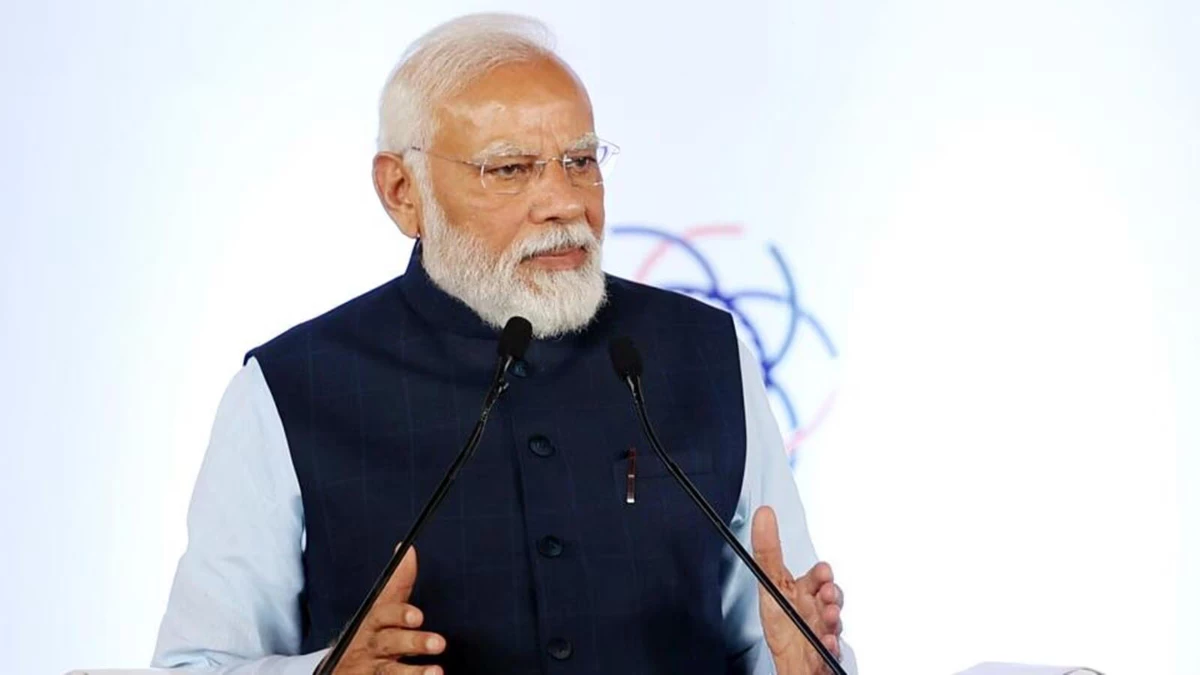
Prime Minister Narendra Modi
A day after the Union Cabinet approved Micron Technology’s $2.7 billion plan, Prime Minister Narendra Modi invited the company to increase semiconductor production in India.
According to media reports, the cabinet also approved production-related incentives worth 110 billion rupees ($1.34 billion) for the Micron plant, which is planned to be built in Gujarat. According to a statement made by the external affairs ministry, the prime minister welcomed Micron Technology to increase semiconductor production in India.PM Modi has also invited Applied Materials to India for the development of process technology and sophisticated packaging capabilities. PM Modi is visiting the US at the request of President Biden and First Lady Jill Biden.
Modi during his meeting with President and CEO of Applied Materials Gary E Dickerson discussed the potential of the company’s collaboration with academic institutions in India to create a skilled workforce.
Prime Minister Modi also met General Electric CEO of H Lawrence Culp and invited the company to play a greater role in the aviation and renewable energy sector in India.
“Prime minister appreciated GE for its long-term commitment of manufacturing in India. The prime minister and Mr. Culp Jr discussed GE’s greater technology collaboration to promote manufacturing in India,” it said.
Global companies are exploring India as a viable investment destination for semiconductors amid heightened focus by the Indian government on making the country a hub for the manufacturing of electronics and semiconductors.
The Indian semiconductor industry was valued at USD 27.2 billion in 2021, and it is anticipated to develop rapidly over the next decade, with a compound annual growth rate (CAGR) of almost 19 percent, to reach USD 64 billion by 2026. India hasn’t yet developed its own semiconductor manufacturing capacity, despite this expansion.
The construction of semiconductor factories, or fabs, is a highly specialised, challenging, and expensive enterprise. Before producing results, fabs need a huge time and financial investment, specialised technology, and pose major hazards.
With agency inputs

















